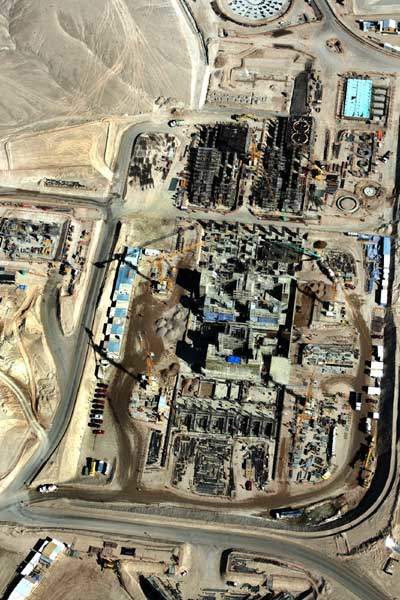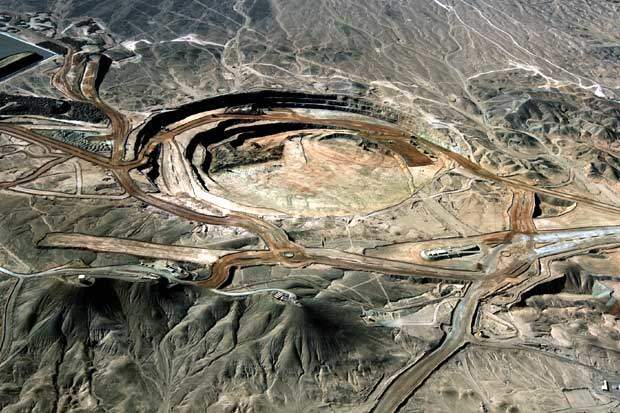The Esperanza copper-gold project, situated in the Sierra Gorda district of Antofagasta, northern Chile, is jointly owned by Antofagasta Minerals (70%) and Marubeni Corporation (30%).
Antofagasta began exploration at the mine in 1999. The board of the company approved the development of the project in July 2007. Marubeni partnered in the project by acquiring a 30% share in Esperanza in August 2008. Minera Esperanza, the contract mining company incorporated by Antofagasta in 2006, is currently operating the mine.
Esperanza has a life of 16 years, although the development of an adjoining sulphide deposit, Telegrafo, could extend this.
Aker Kvaerner was awarded a $1.5bn engineering, procurement and construction management contract. A feasibility study and preliminary works were conducted from August 2006 to September 2007. The development will be completed in two phases.
The first phase, valued at $35m, will include engineering and procurement, while the second phase will include construction management services.
The mine began production in November 2010. The first shipment of copper concentrate was transported to Japan in January 2011. Production of molybdenum will start by 2015, with around 2,000t produced annually until 2025.
The Hornitos thermoelectric power plant provides electricity to the project under a supply agreement signed between AMSA and GDF SUEZ in 2007. The power plant was inaugurated in November 2011.
Reserves
The mine has proven and probable ore reserves of 580my with a copper grade of 0.54%, 0.223% gold and 0.010% molybdenum.
The measured, indicated and inferred sulphide mineral resources, along with ore reserves, were reported to be 1,204.4 million tonnes with an average copper grade of 0.45%, an average gold grade of 0.162% and average molybdenum grade of 0.012%.
The measured, indicated and inferred oxide resources (including ore reserves) were estimated to be 135.8mt with an average copper grade of 0.36%.
Production
The mine uses conventional milling and floatation production process. The average plant throughput is 97,000t per day.
During the first ten years, the average annual production is expected to be around 714,000t of concentrate inclusive of 190,000t of payable copper, 230,000oz of payable gold and 11.32Moz of payable silver.
Around 40% of the concentrate production from Esperanza will be supplied to Japanese firms.
Mining and processing
Conventional large-scale open pit mining methods and processing technology have been brought in for mining at the site.
The pre-stripping activities, which were started in February 2008, are used to remove the oxide resources.
Leaching of the run-of-mine low grade oxides at Esperanza started in the third quarter of 2009. Three gearless mill drive (GMD) systems were commissioned by ABB in May 2011. Processing of the pre-stripped oxide resources is handled at the El Teroso plant, 4km from the Esperanza mine.
Project cost and financing
The total capital cost of the mining project was estimated to be $1.5bn in 2007. The estimation included $162m for pumping, pipeline and desalination facilities to meet the project’s water requirement. However, by early 2011, the total project cost escalated to $2.6bn.
Lenders to the project include the Japan Bank for International Cooperation providing $400m, Export Development Canada ($200m), KfW IPEX-Bank ($50m), and a commercial bank syndicate ($400m).
The funds will be for a 12-year term, with the first disbursement starting in 2009.
Environment
The application for an environmental impact assessment was submitted in August 2007. All the essential permits and approvals have been received by the project. The mine has been constructed, developed and is being operated in accordance with International Finance Corporation environmental and social guidelines.





